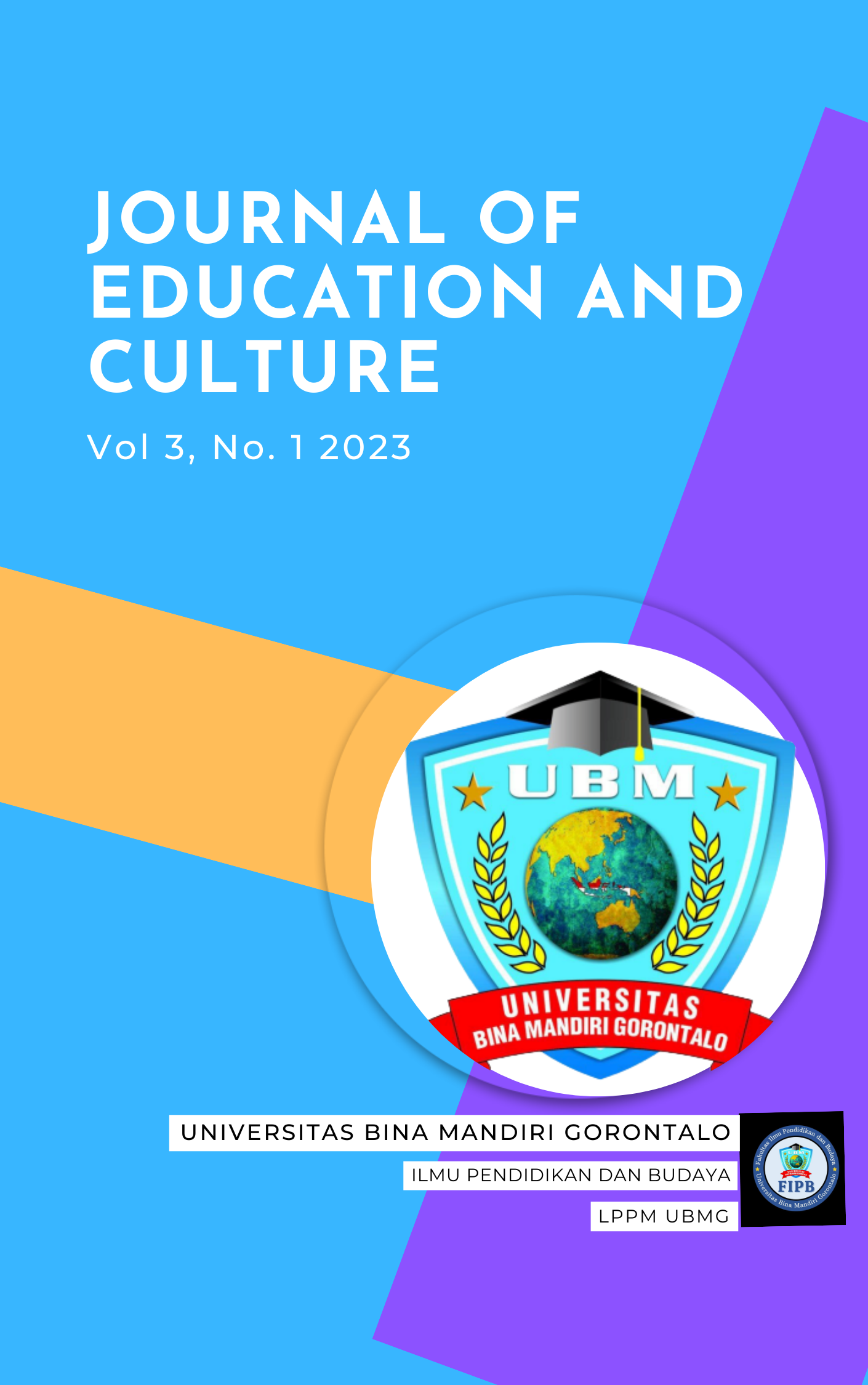STUDYING HUMAN DEVELOPMENT TO KNOW THE RIGHT LEARNING METHODS
MEMPELAJARI PERKEMBANGAN MANUSIA UNTUK MENGETAHUI METODE PEMBELAJARAN YANG TEPAT
Abstrak
Pada dasarnya perkembangan merujuk kepada perubahan sistematik tentang fungsi-fungsi fisik dan psikis. Perubahan fisik meliputi perkembangan biologis dasar sebagai hasil dari konsepsi (pembuahan ovum oleh sperma), dan hasil interaksi proses biologis dan genetika dengan lingkungan. Sedangkan perubahan psikis menyangkut keseluruhan karakteristik psikologis individu, seperti perkembangan kognitif, emosi, social dan moral. Perkembangan juga dapat diartikan sebagai “Suatu proses perubahan dalam diri individu atau organisme, baik fisik (jasmaniah) maupun psikis (rohaniah) menuju tingkat kedewasaan atau kematangan yang berlangsung secara sistematis, progresif, dan berkesinambungan.” Perkembangan juga bersifat adaptif, artinya perkembangan terjadi untuk menghadapi kondisi-kondisi dalam kehidupan (Papalia dkk., 2009. Misalnya, mengapa bayi kemudian bisa berjalan? Hal itu tentulah untuk mendukung proses mobilitas si bayi karena sejalan dengan bertambahnya usia, keinginan eksplorasi seseorang akan semakin meningkat dan tidak mungkin baginya untuk terus mengandalkan orang lain untuk berpindah dari satu tempat ke tempat yang lain. Perkembangan manusia merupakan salah satu tanda berlangsungnya kehidupan, di dalamnya terkandung berbagai kejadian yang kemudian membentuk pribadinya untuk menjalani dan menghadapi permasalahan-permasalahan hidupnya. Perkembangan sebenarnya tidak terjadi dalam kotak yang terpisah-pisah
namun untuk menyederhanakan dan mempermudah pembahasan, perkembangan sering dibagi ke dalam beberapa aspek. Metode pembelajaran adalah cara sistematis dalam bentuk konkret berupa langkah-langkah untuk mengefektifkan pelaksanaan suatu pembelajaran. Ada banyak metode pembelajaran dengan nama lain yang sebetulnya masih dapat dipayungi oleh model pembelajaran serupa. Hal itu wajar, karena model pembelajaran adalah kerangka kerja konseptual umum yang bisa jadi masih terkait dengan metode pembelajaran tertentu. Khususnya dalam dunia pendidikan, perkembangan perlu dipahami untuk menentukan metode pembelajaran yang tepat dan efektif.
Referensi
(2) K. Eileen Allen, Profil Perkembangan Anak (Jakarta: Indeks, 2010), 4.
(3) Al Mujib, Alquran dan Terjemahannya (Bandung: Almizan, 2010), 78.
(4) Sugiyono. (2017). Metode Penelitian Kuantitatif, Kualitatif, dan R&D. Bandung : Alfabeta, CV.
(5) Honggowiyono, P. (2015). Buku Ajar: Pertumbuhan dan Perkembangan Peserta Didik Untuk Guru dan Calon Guru. Malang: Gunung Samudera.
(6) Agustina, N. (2018). Perkembangan Peserta Didik. Yogyakarta: Deepublish.
(7) Darlians. (2016). Profil Pencapaian Tugas Perkembangan Siswa Di SMP Negeri 8 Teluk Kuantan. Jurnal Ilmu Sosial, Sains, dan Humaniora, 2(2), 62.
(8) Ngalimun, 2012. Strategi dan Model Pembelajaran. Banjarmasin: Aswaja. Pressindo. Pintrich, P.R. & Elisabeth, D.G.V. 1990. Motivational and Self-Regulated.
(9) Uno, Hamzah, Nurdin Mohamad, (2011). Belajar Dengan Pendekatan Pailkem. Jakarta: PT Bumi Aksara.
(10) Shaffat, Idri. 2009. Optimized Learning Strategy. Jakarta: Prestasi Pustaka.
(11) Yudrik Jahja, Psikologi Perkembangan, (Jakarta : PT. Kharisma Putra Utama, 2011), hal 245.
(12) Paputungan, F. (2023). Developmental Characteristics of Early Adulthood. Journal of Education and Culture (JEaC), 3(1), 1-9.











